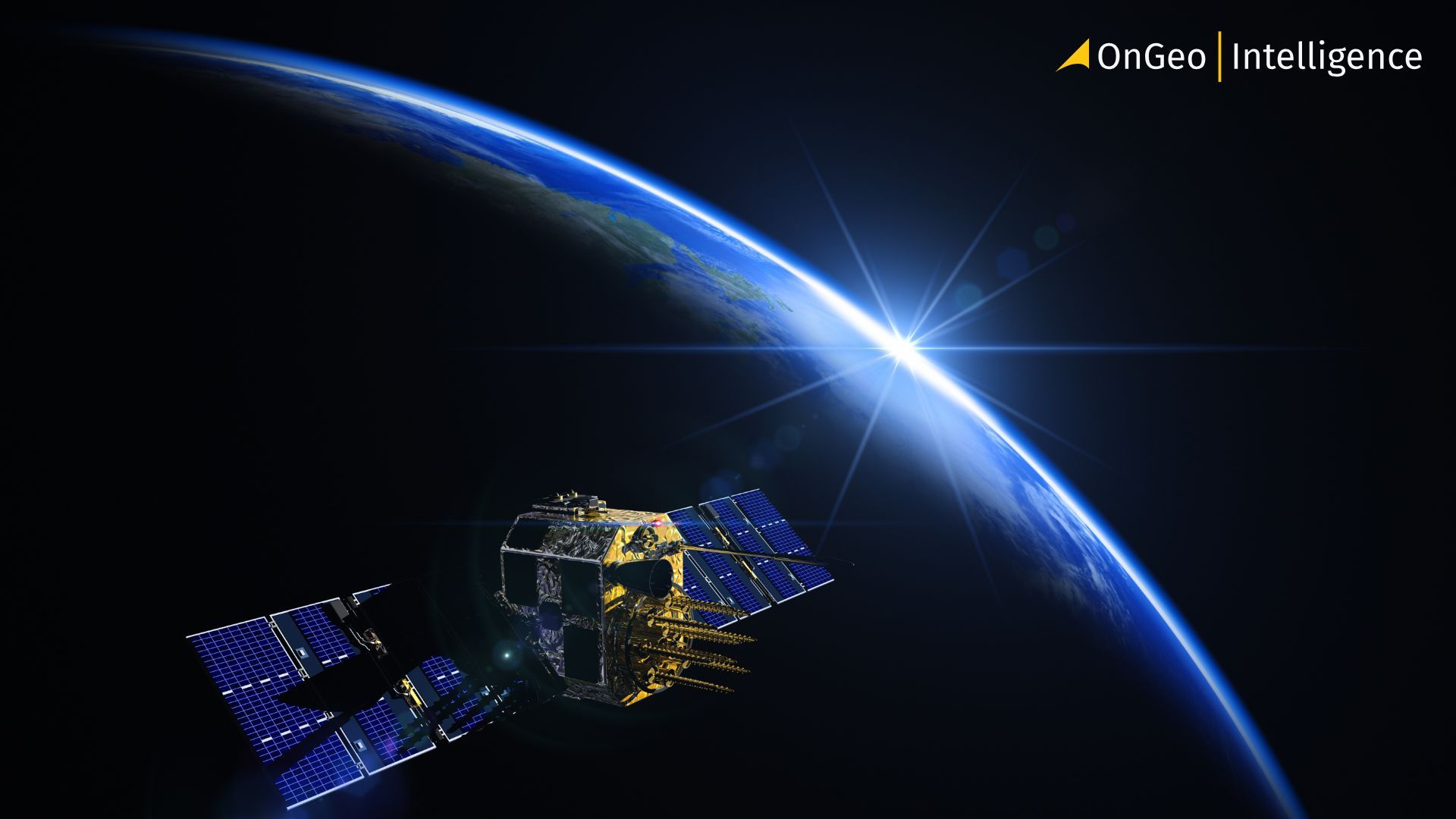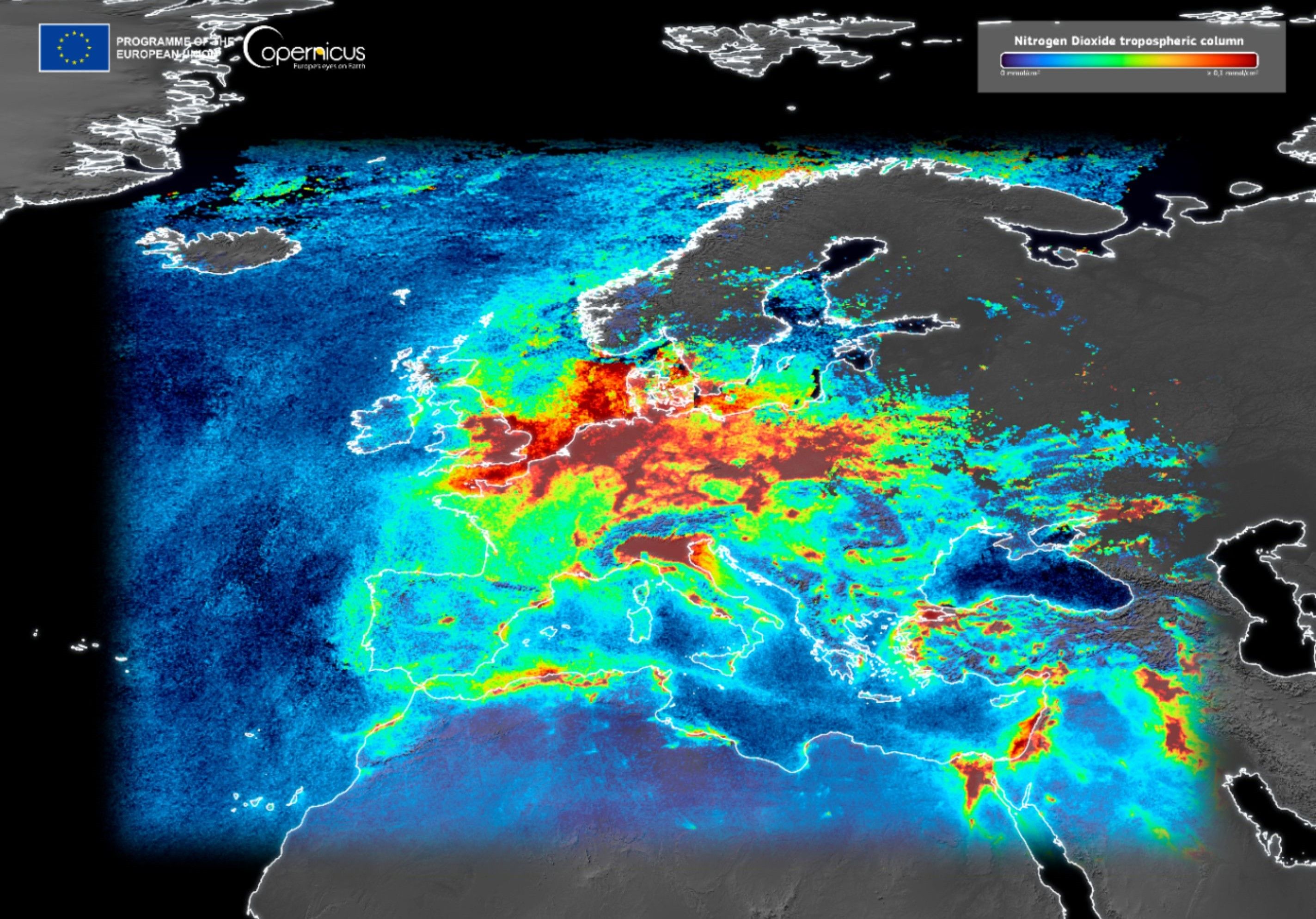
Copernicus Sentinel-4 Mission Launched: A New Era for Air Quality Monitoring in Europe
On 1 July 2025, the Copernicus Atmosphere Monitoring Service (CAMS) celebrated the successful launch of the Sentinel-4 mission, a groundbreaking geostationary satellite instrument designed to revolutionize air quality monitoring across Europe. Launched aboard the Meteosat Third Generation satellite (MTG-S1) via a SpaceX Falcon 9 rocket from Cape Canaveral, Florida, Sentinel-4 marks a significant milestone in the Copernicus program, enhancing Europe’s ability to monitor atmospheric pollutants with unprecedented detail.
Unprecedented Air Quality Observations
The Sentinel-4 mission, developed by the European Space Agency (ESA) and operated by EUMETSAT, introduces Europe’s first geostationary satellite instrument dedicated to air quality monitoring. Orbiting at 36,000 km above Earth—50 times higher than low Earth orbit missions like Sentinel-5P—Sentinel-4’s ultraviolet, visible, and near-infrared (UV-VIS-NIR) imaging spectrometer will provide hourly high-resolution data on key atmospheric pollutants, including nitrogen dioxide, ozone, sulfur dioxide, formaldehyde, and aerosols. This is a significant leap from the daily global scans provided by polar-orbiting satellites like Sentinel-5P, which offer only one image of Europe per day.
“Sentinel-4’s ability to capture the diurnal cycle of atmospheric pollutants is a game-changer,” said Florence Rabier, Director-General of the European Centre for Medium-Range Weather Forecasts (ECMWF), during a media briefing at the Living Planet Symposium in Vienna on 24 June. “This mission will allow us to better understand the interplay between atmospheric chemistry, physics, and emissions, ultimately improving our air quality models and forecasts.”
Enhancing CAMS Forecasting Capabilities
The Copernicus Atmosphere Monitoring Service (CAMS), managed by ECMWF, will integrate Sentinel-4’s high-resolution data to enhance its global and regional air quality forecasting systems. The mission’s hourly observations will provide more accurate initial data for CAMS forecasts, improving predictions of air quality events and supporting policy decisions under initiatives like the revised EU Ambient Air Quality Directive (EU/2024/2881), the Zero Pollution Action Plan, and the National Emissions Reduction Commitments (NEC) Directive.
“Sentinel-4 has the potential to transform the quality of our data and forecasts over Europe,” said Antje Inness, Senior Scientist at CAMS. “As we begin integrating this data, we expect significant improvements in our ability to monitor emissions and air quality trends.”
The mission complements existing in-situ air quality networks, which, while reliable, suffer from uneven spatial coverage in some European regions. By combining Sentinel-4’s data with these networks and other satellite observations, such as those from Sentinel-5P and the upcoming Sentinel-5 mission, CAMS will deliver more robust air quality analyses and forecasts.

Also read:
A Collaborative Milestone
The Sentinel-4 mission exemplifies European collaboration in Earth observation. ESA designed and built the instrument, EUMETSAT handles data processing and distribution, and ECMWF, through CAMS, transforms the data into actionable insights via the Atmosphere Data Store. This synergy ensures that Sentinel-4’s freely accessible data will benefit scientists, environmental agencies, policymakers, and private-sector users.
The mission also marks a first for the Copernicus program, as Sentinel-4 is hosted on a Meteosat Third Generation satellite, enabling simultaneous weather and air quality observations from geostationary orbit. This integration enhances our understanding of the interactions between weather, climate, and atmospheric composition.
“Sentinel-4’s successful launch aboard MTG-S1 demonstrates the innovation and collaboration within Europe’s space sector,” said Alain Fauré, Head of Space Systems at Airbus, which developed the instrument in Germany. “The data will play a critical role in improving air quality for citizens across Europe.”
Global Impact and Future Prospects
The Sentinel-4 mission aligns with global efforts to monitor air quality, complementing geostationary missions like South Korea’s GEMS for Asia and NASA’s TEMPO for North America. Its data will support the monitoring of both air pollutants and greenhouse gases, contributing to Europe’s efforts to meet ambitious environmental goals. A second instrument, Sentinel-4B, is planned for launch in the 2030s aboard MTG-S2 to ensure long-term data continuity.
As Europe continues to address air quality challenges, Sentinel-4 will provide critical tools for tracking mitigation strategies, assessing progress, and identifying areas for improvement. With advancements in artificial intelligence and machine learning, CAMS expects to leverage Sentinel-4’s data to further enhance its forecasting and analysis capabilities.
The launch of Sentinel-4 is a pivotal step in the Copernicus program’s mission to deliver accurate, reliable Earth observation data, supporting environmental protection, public health, and sustainable development across Europe and beyond.
Related articles
- Sentinel-1C: Europe’s Vital Radar EO Constellation Regains Its Strength
- Free Satellite Imagery Providers: Compare and Choose the Best Option
- Airbus Satellite Imagery for Earth Observation
- Earth Observation Satellites: Types, Orbits, and Use Cases
- Sentinel-1D Set for Launch Aboard Ariane 6 on November 4 to Strengthen Europe’s EO Capabilities
- Monitoring air quality from space: Sentinel-4 Satellite Delivers First Data on NO2, SO2, and Ozone Levels in Europe